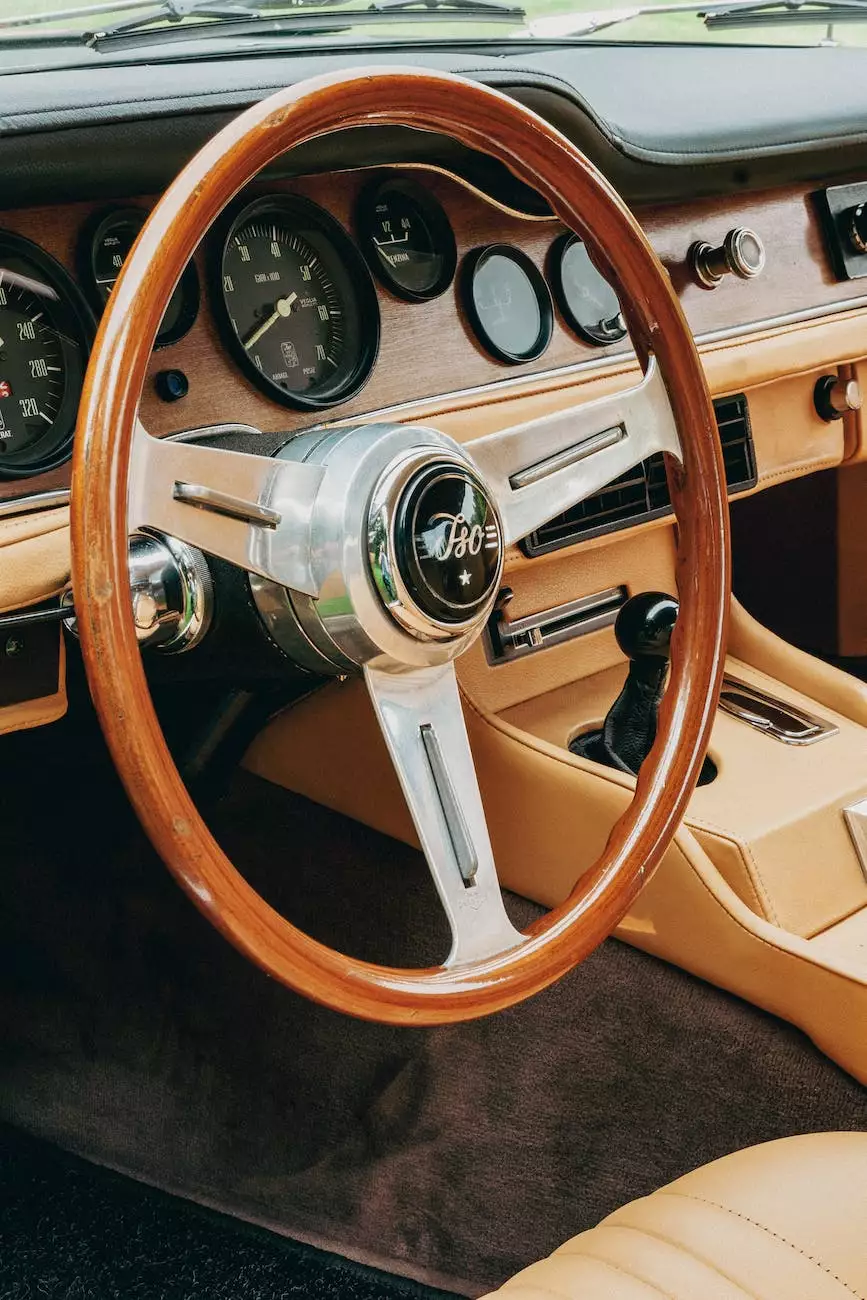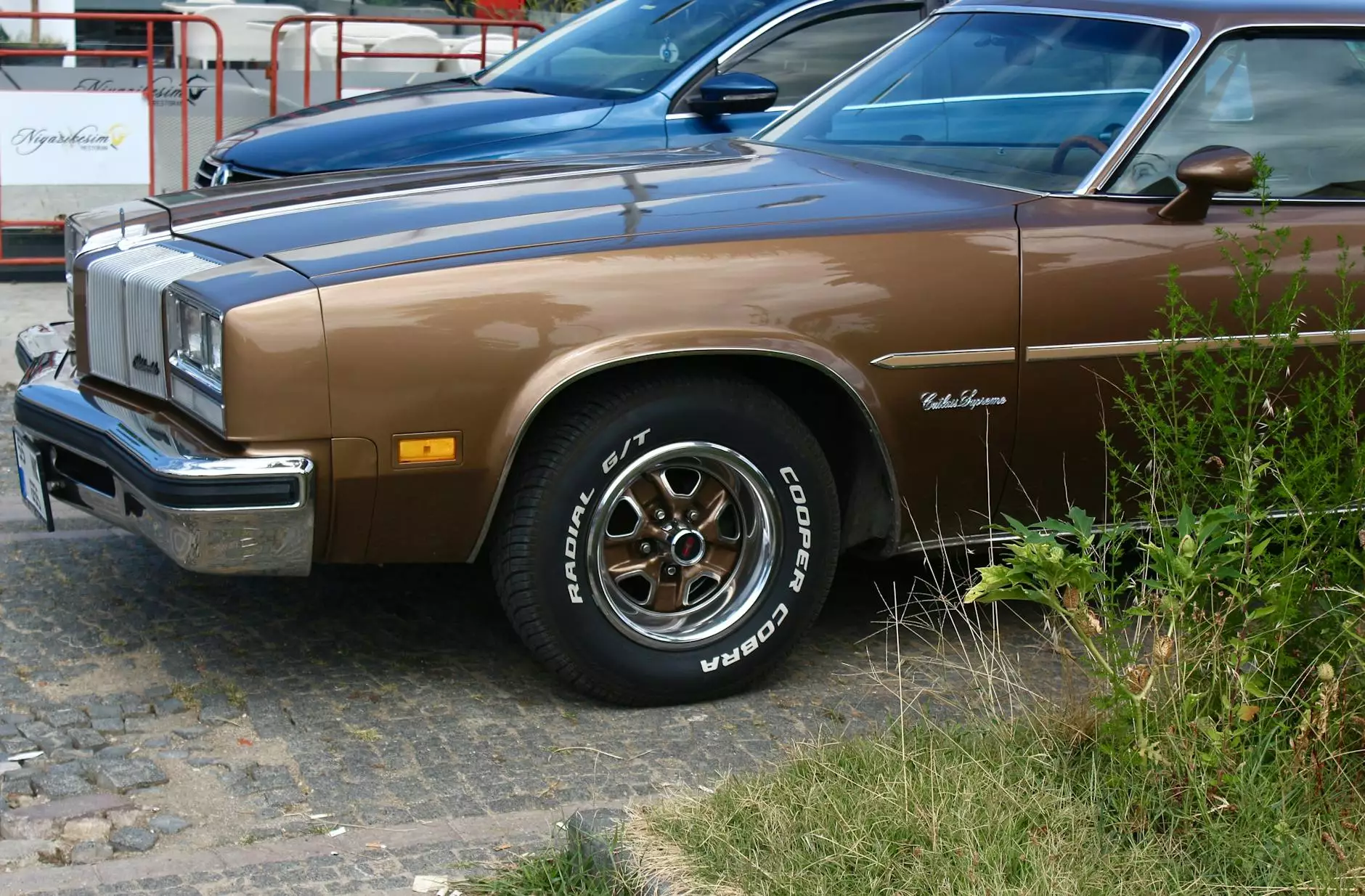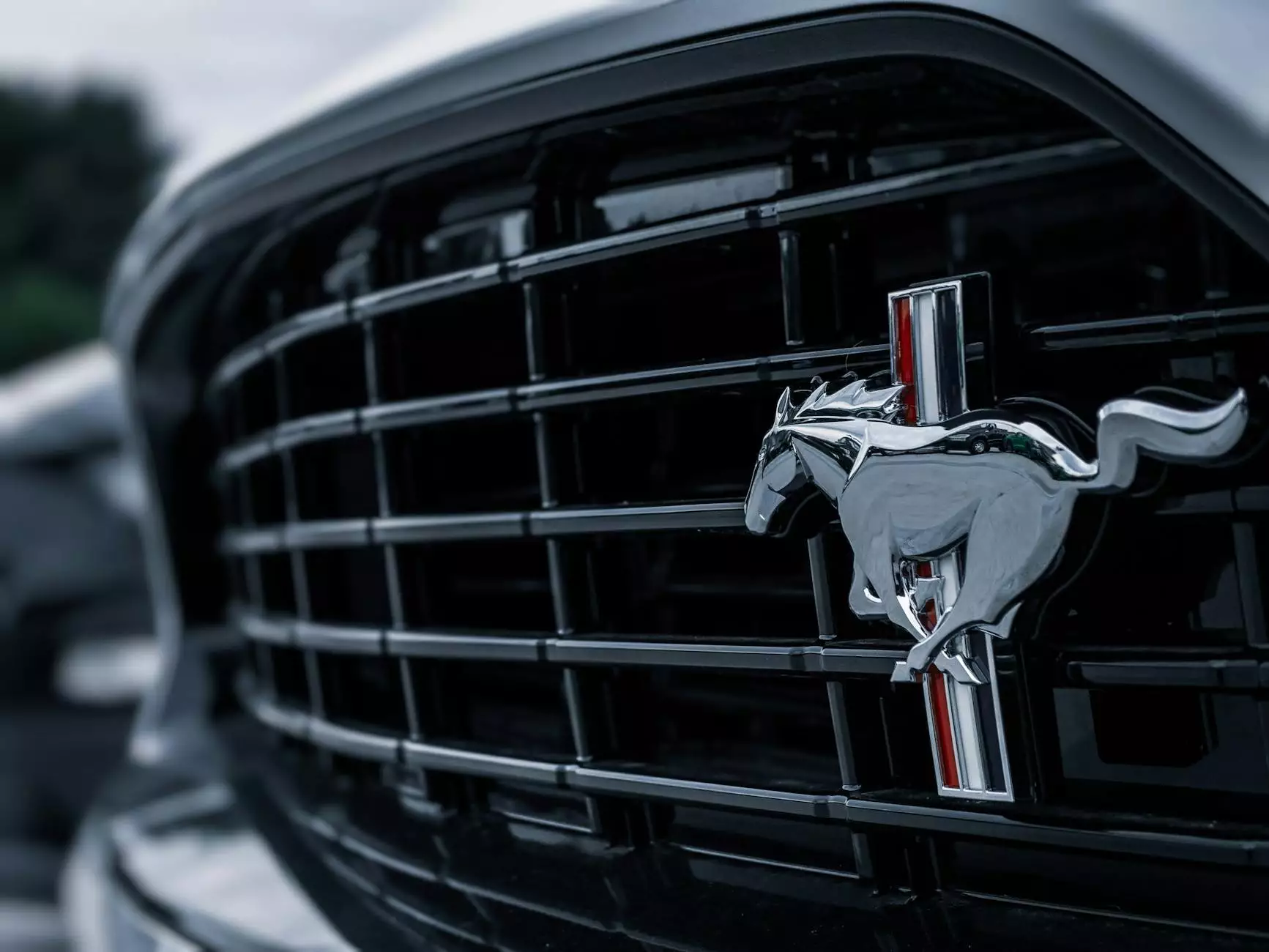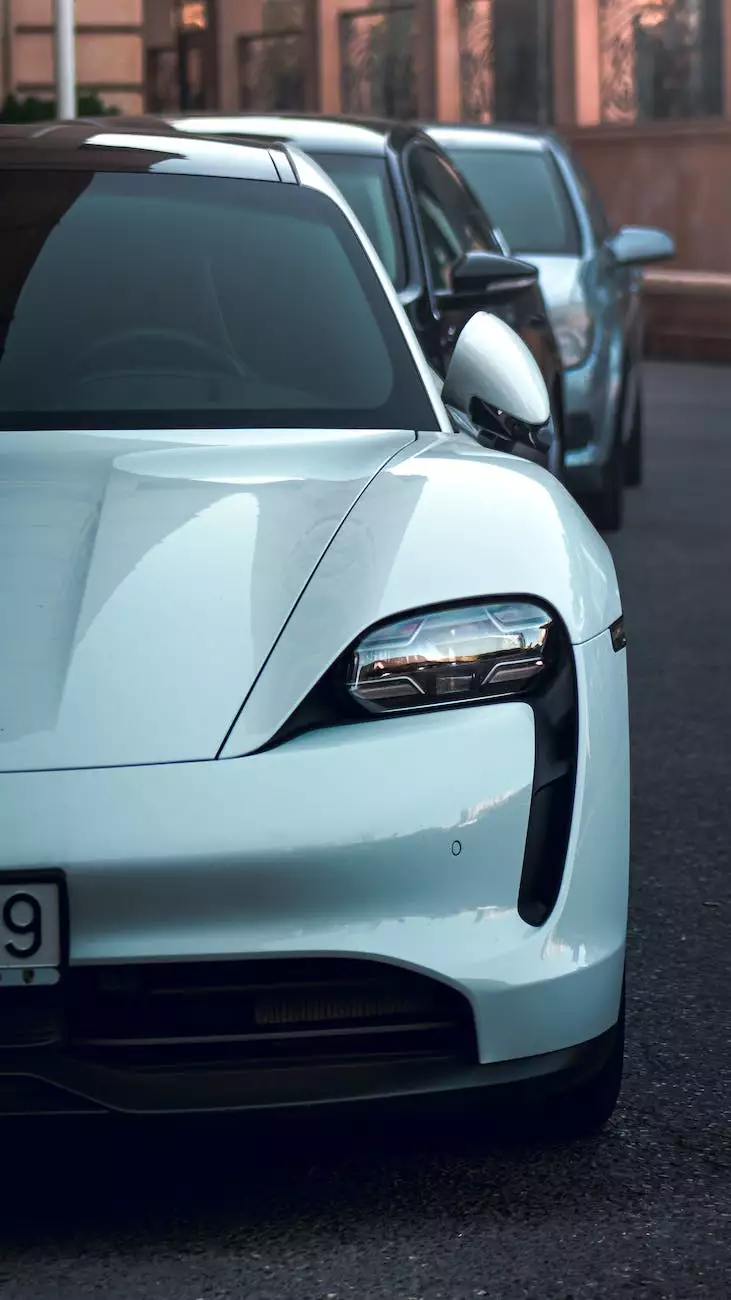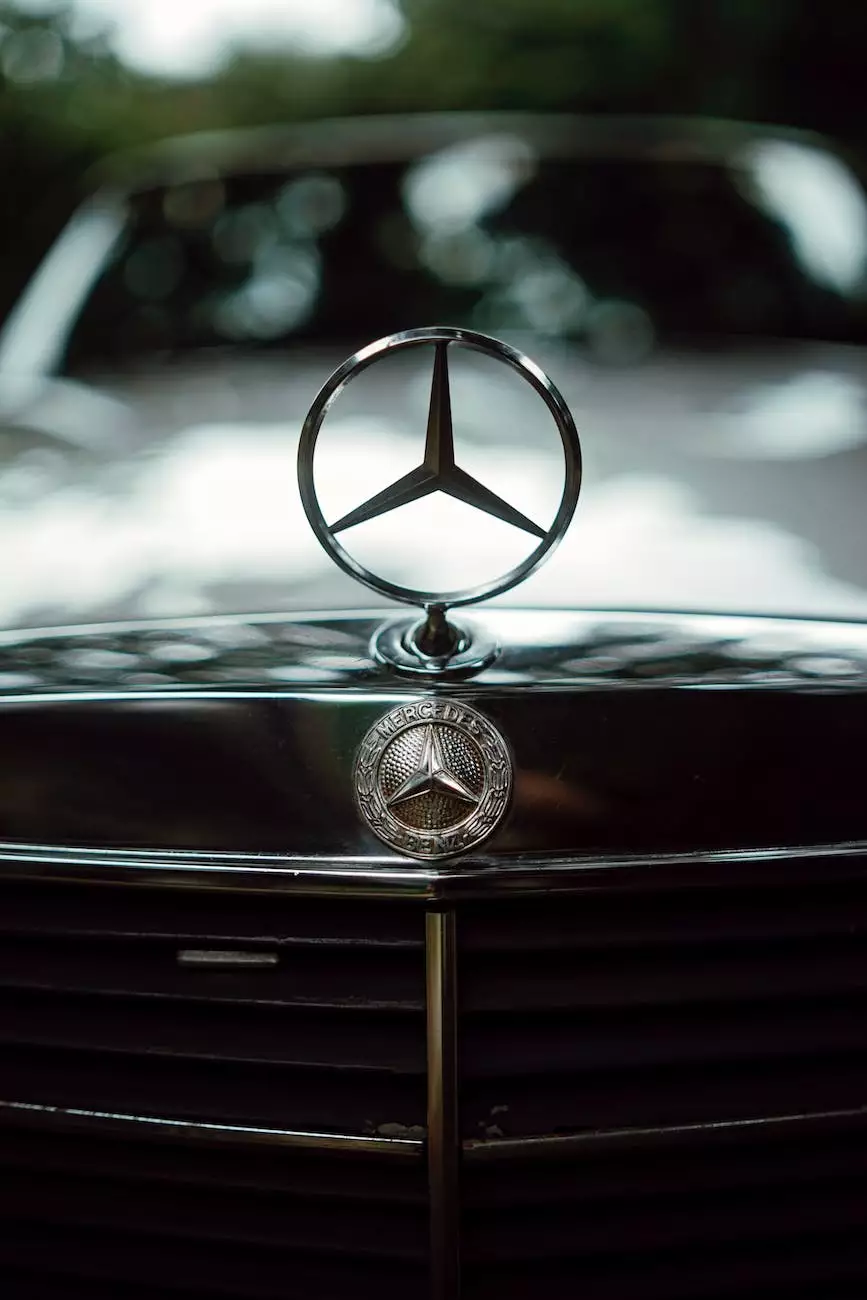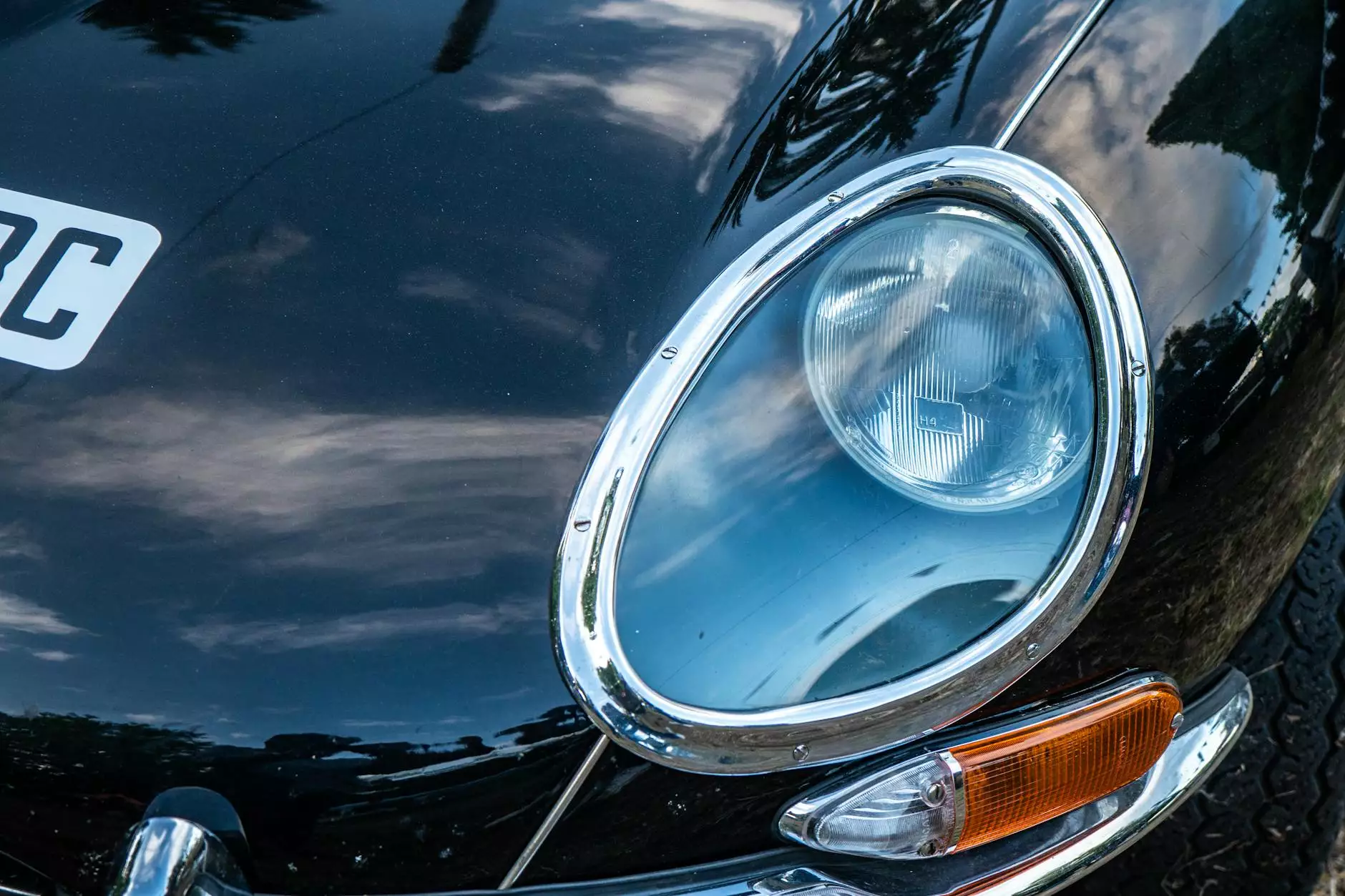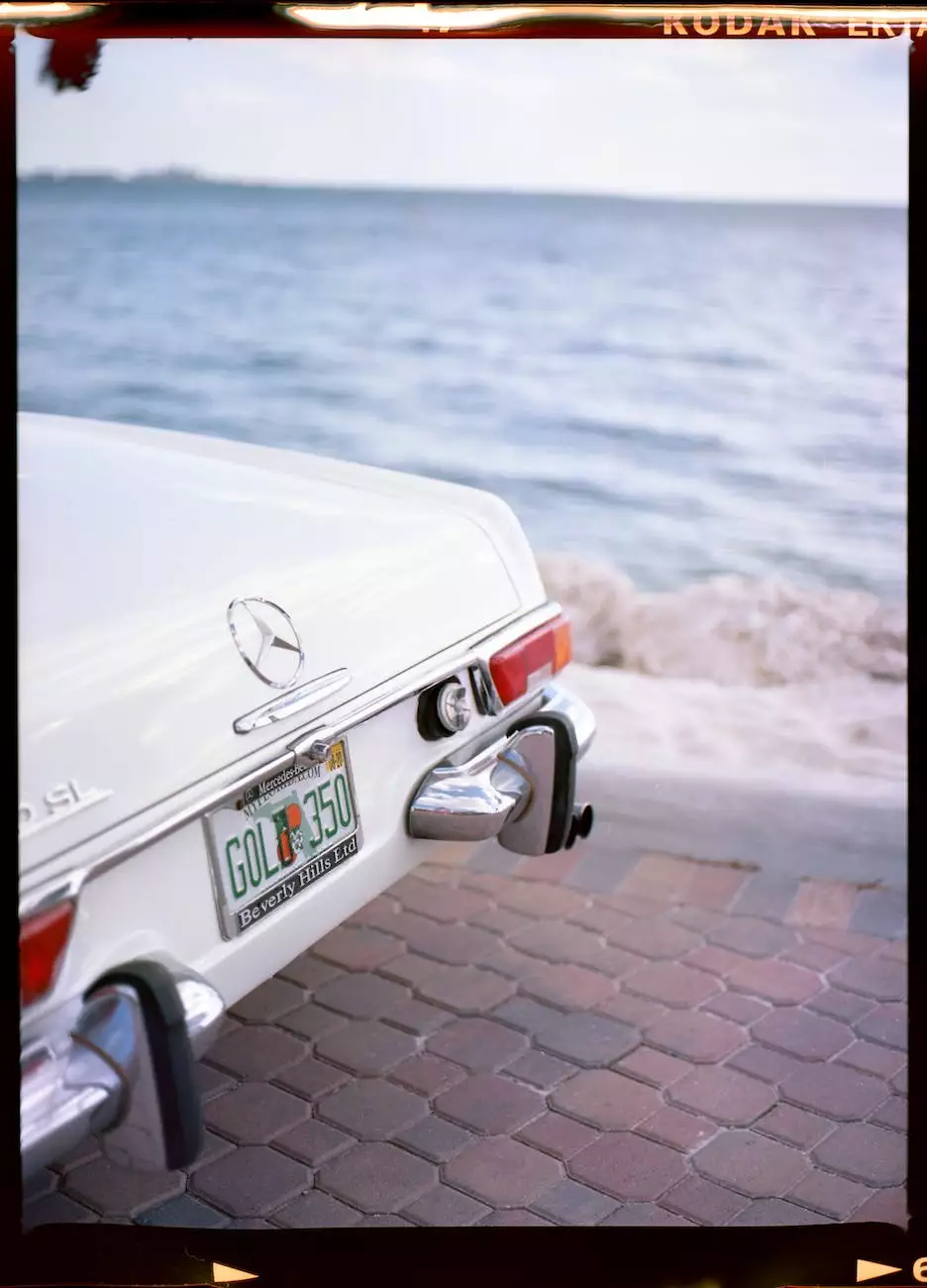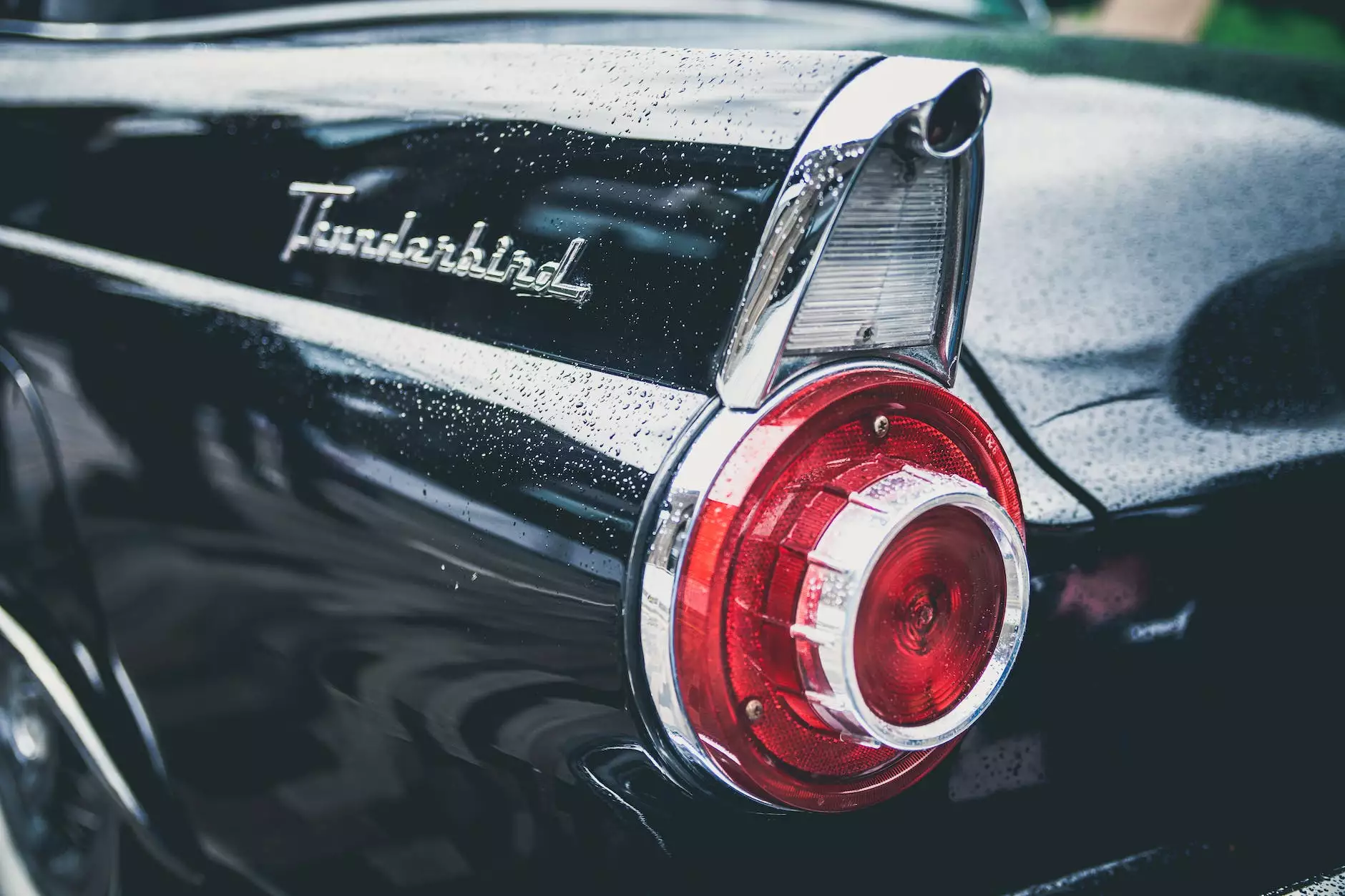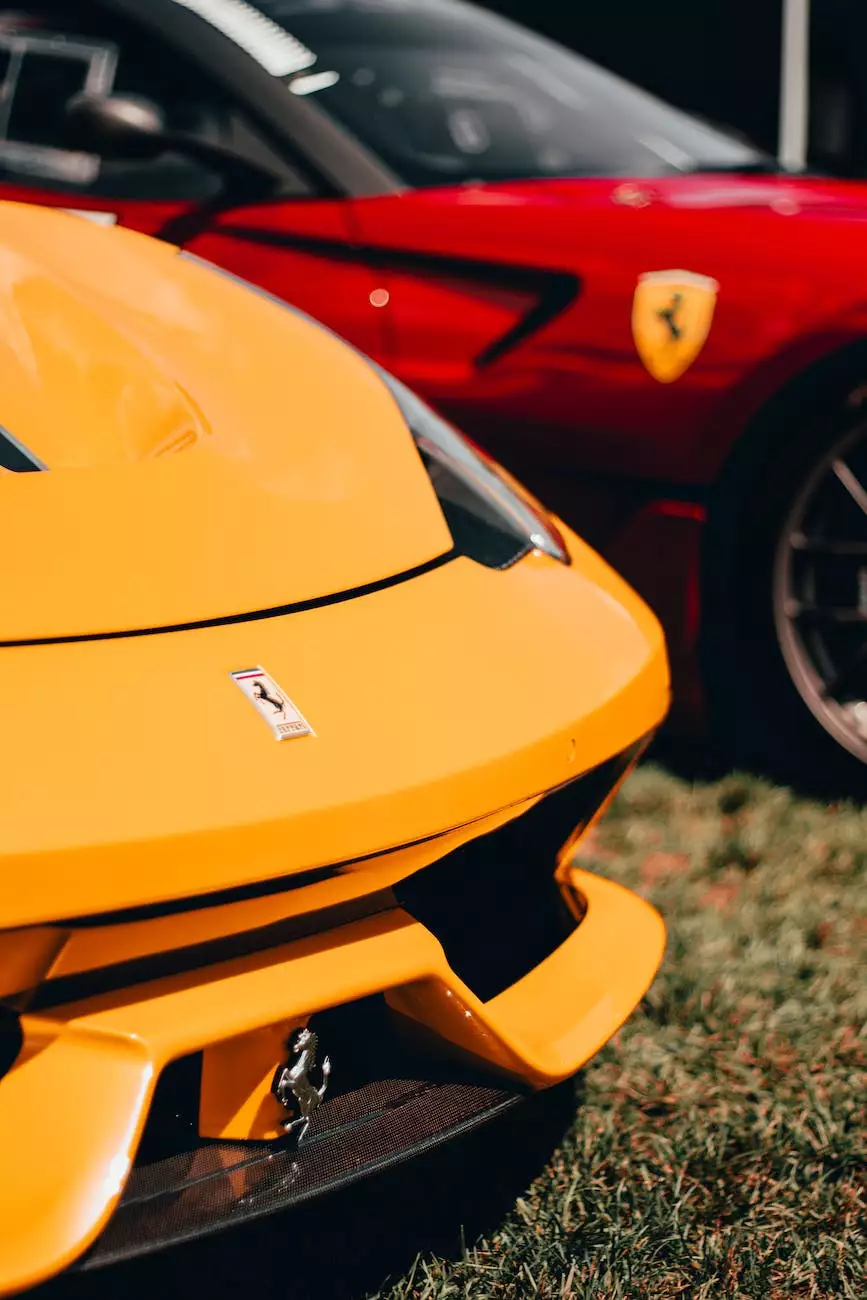The Lost Art of Coachbuilding
Customizations
Introduction
Welcome to BK Autosports, your ultimate destination for all things automotive. In this article, we delve into the captivating world of coachbuilding, a forgotten art that combines impeccable design and unparalleled craftsmanship. Prepare to be amazed as we explore the rich history and captivating details behind these exceptional vehicles.
The History of Coachbuilding
Coachbuilding traces its origins back to the early days of the automotive industry. In the early 1900s, before mass production took over, owning a car was a luxury reserved for the elite. This exclusivity led to the rise of bespoke customizations through coachbuilding, where master craftsmen meticulously handcrafted each vehicle.
Coachbuilders were revered artists, designing and fabricating unique bodies fitted onto a chassis provided by manufacturers. Each coachbuilt vehicle was a true testament to the owner's personality and taste, showcasing individuality that mass-produced cars couldn't provide.
During the Golden Age of coachbuilding in the 1920s and 1930s, prestigious marques such as Rolls-Royce, Bentley, and Bugatti collaborated with renowned coachbuilders to create automotive masterpieces. The synergistic collaboration between manufacturers and craftsmen resulted in timeless designs and unrivaled luxury.
The Craftsmanship of Coachbuilding
The art of coachbuilding demanded meticulous attention to detail and craftsmanship. Each vehicle began with a bare chassis, onto which the artisan shaped and sculpted metal or wood panels to create a unique body.
Master coachbuilders possessed extraordinary skills, shaping metal using hand tools and techniques passed down through generations. They painstakingly formed complex curves and contours to achieve the desired design. Intricate interior upholstery, lavish trims, and luxurious materials further elevated the bespoke nature of these vehicles.
The Role of Designers
Designers played a crucial role in the coachbuilding process, envisioning elegant and timeless shapes. They sketched and collaborated with clients to create personalized designs that perfectly harmonized with the vehicle's chassis. The collaboration process often resulted in stunning results, where form and function came together in perfect harmony.
The Legacy
Although the art of coachbuilding experienced a decline following the advent of mass-production techniques, its impact on the automotive industry remains indelible. Many of the surviving coachbuilt cars serve as captivating historical artifacts, showcasing the pinnacle of automotive design and craftsmanship.
The Resurgence of Coachbuilding
In recent years, there has been a renewed interest in coachbuilding. A select few boutique companies have revived this art form, creating breathtaking vehicles with unparalleled attention to detail.
These modern coachbuilders strive to honor tradition while incorporating cutting-edge technology and design elements. By combining traditional craftsmanship with contemporary innovation, they create automotive works of art that continue the legacy of their predecessors.
Conclusion
At BK Autosports, we celebrate the lost art of coachbuilding and its enduring legacy. We invite you to explore the fascinating world of these exceptional vehicles, where craftsmanship meets individuality.
Immerse yourself in the stories behind these automotive masterpieces and gain a newfound appreciation for the intricate skill and creativity that went into their creation. Join us on a journey through time as we rediscover the lost art of coachbuilding.


